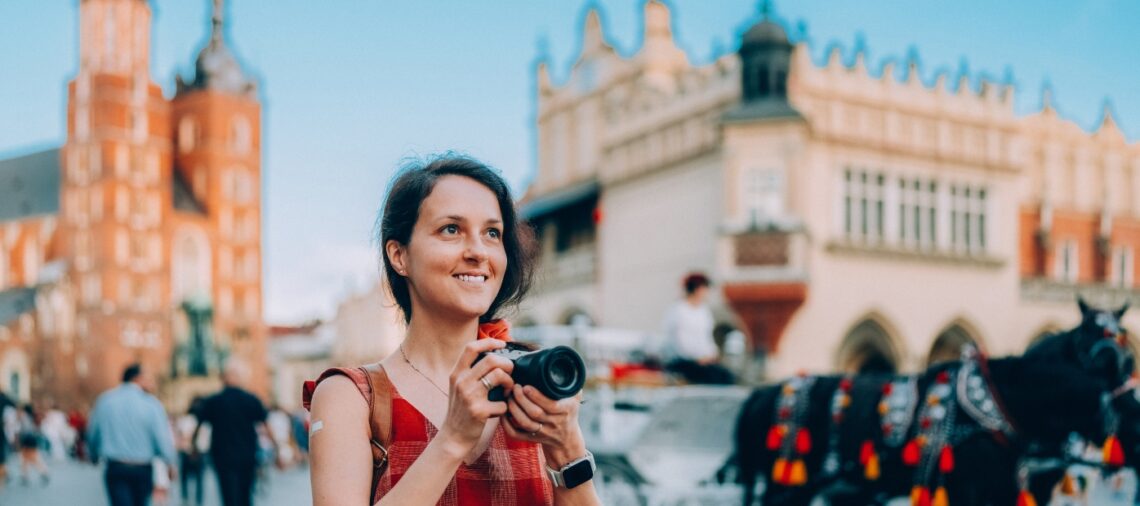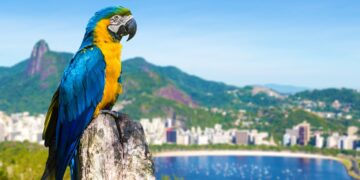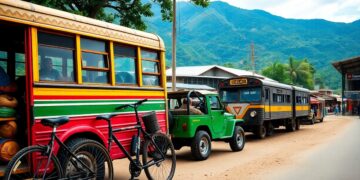When you’re exploring the vibrant streets of Marrakech, you stumble upon a stunning mosque, its intricate architecture bathed in golden hues. You instinctively reach for your camera, eager to capture the moment. However, before you press that shutter button, consider the concept of photography etiquette and what should not be captured when traveling. Certain subjects and situations demand respect and sensitivity, ensuring that we navigate the world of photography with cultural awareness and empathy. So, let’s delve into the dos and don’ts of capturing the world through our lens, starting with the importance of respecting local religious practices.
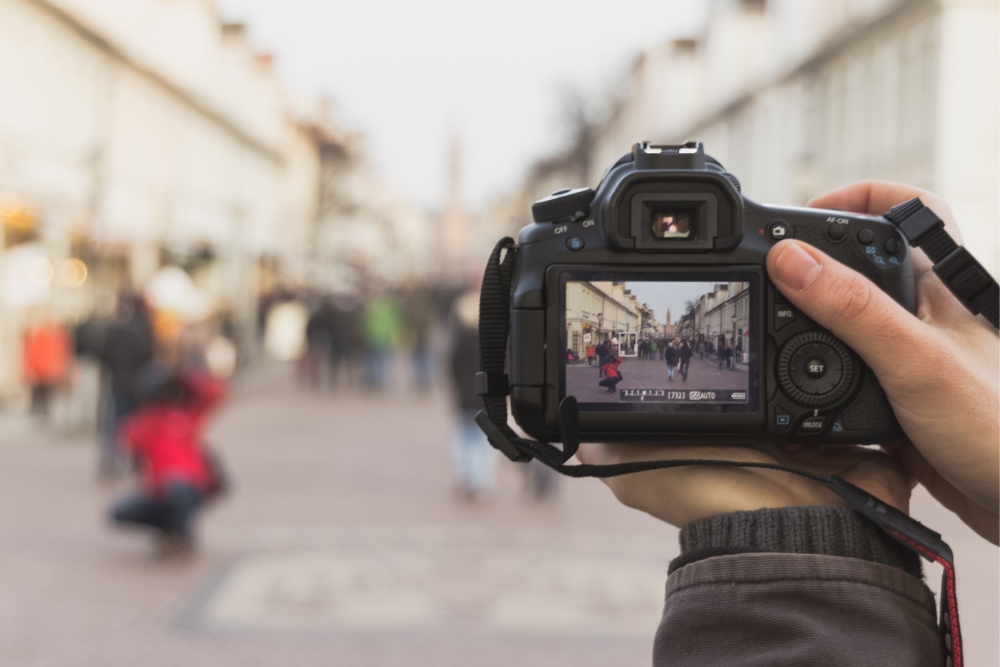
Respect Local Religious Practices
When traveling, it is crucial to respect local religious practices to ensure cultural sensitivity and avoid offending. This is especially important in photography, as capturing memories respectfully is essential to responsible travel photography. To practice cultural sensitivity in photography, it is important to understand and adhere to photography etiquette abroad.
One key aspect of respectful photography practices is to be aware of and respect any restrictions on photography in religious sites or during religious ceremonies. Some places of worship may prohibit photography altogether, while others may allow it with certain restrictions. Familiarize yourself with these rules and follow them.
Additionally, being mindful of the subjects you photograph is essential. Some religious practices may be considered private or sacred, and respecting the wishes of individuals who do not wish to be photographed is important. Always seek permission before taking someone’s photograph, and be prepared to accept their decision if they decline.
Avoid Photographing Sensitive Political Subjects
Respecting cultural boundaries extends beyond religious practices, and it is equally important to navigate sensitive political subjects when engaging in travel photography. As a responsible traveler and photographer, it is crucial to be aware of the potential repercussions that capturing sensitive political subjects can have. Understanding and respecting the political climate of your destination is essential to avoid unintended consequences.
Regarding photography etiquette and ethical guidelines, avoiding photographing sensitive political subjects is highly recommended. This means refraining from capturing images that may provoke or offend local communities or authorities. It is important to remember that different countries have different political sensitivities, and what might be acceptable in one place could be considered highly inappropriate in another.
To ensure you are practicing mindful photography, it is advisable to research the political situation of your destination beforehand. Familiarize yourself with any local laws or restrictions regarding photography, especially in politically sensitive areas. Additionally, it is wise to be mindful of the subjects you photograph and to exercise sensitivity and respect towards local customs and beliefs.
Be Mindful of Privacy and Personal Space
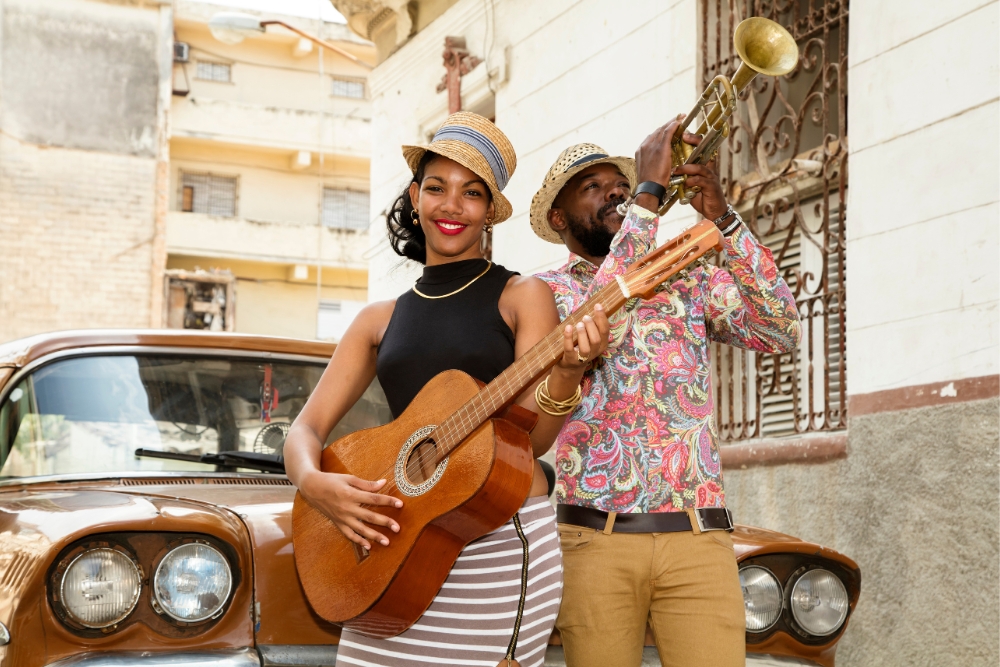
Being mindful of privacy and personal space is crucial when practicing travel photography etiquette. When exploring new places and capturing moments with your camera, respect the boundaries of others. Remember that not everyone wants to be photographed, and it is essential to honor their privacy.
Always ask for permission before taking someone’s picture. Approach the person respectfully and explain your intentions. If they decline, respect their decision and move on. It is not worth invading someone’s personal space or making them uncomfortable for the sake of a photograph.
Furthermore, be aware of your surroundings and the cultural norms of the place you are visiting. Different cultures have different expectations of personal space, so adapting to these customs is important. Avoid photographing individuals in intimate or private situations, such as eating, praying, or engaging in personal activities.
In addition, be cautious when photographing children. It is essential to respect their privacy and protect their innocence. Always ask permission from their parents or guardians before taking their picture.
Consider the Impact of Wildlife Photography
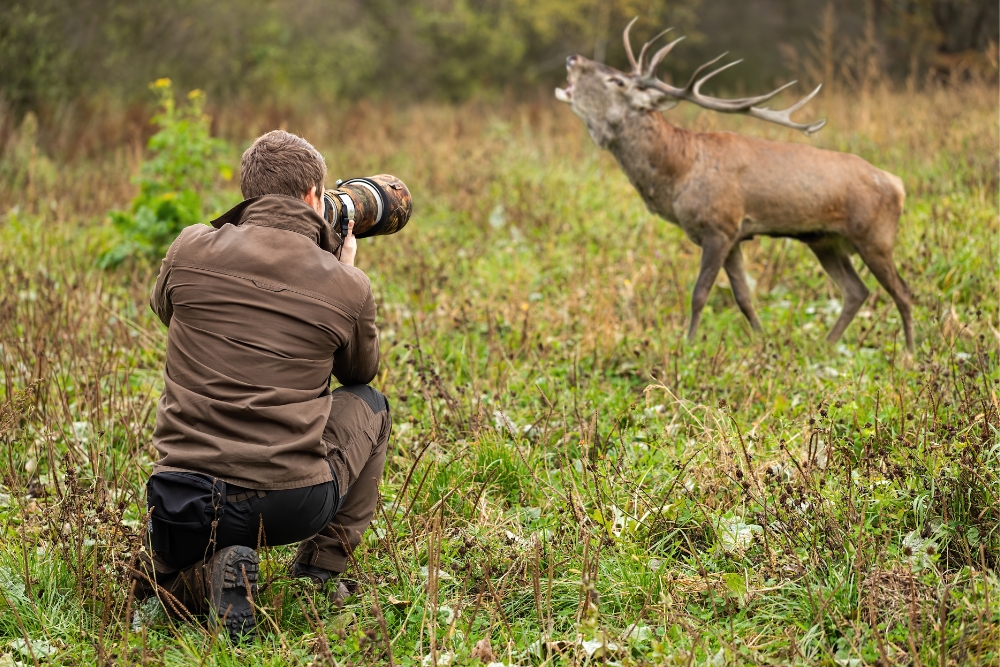
Consider the potential impact of wildlife photography on the animals and their natural habitats. While capturing stunning shots of wildlife can be a thrilling experience, it is crucial to be mindful of its potential consequences on these creatures and their ecosystems.
When photographing wildlife, remember that animals have their own space and boundaries. Getting too close or disturbing their natural behavior can cause stress and anxiety, leading to negative impacts on their overall well-being. Maintaining a safe distance and observing from afar is essential, using telephoto lenses or binoculars to capture those intimate moments without causing any harm.
Additionally, artificial light and flash photography can harm nocturnal animals and nesting birds. The sudden burst of light can disorient them, disrupt their natural rhythms, and even affect their ability to find food or care for their young. Avoid using flash when photographing wildlife, especially in low-light conditions or sensitive areas such as nesting sites and hibernation dens.
Lastly, be conscious of the habitats you are entering. Avoid trampling vegetation, disturbing nests, or leaving behind any litter. Remember that these ecosystems are fragile and interconnected, and our actions as photographers should always prioritize their preservation.
Steer Clear of Intrusive Street Portraits
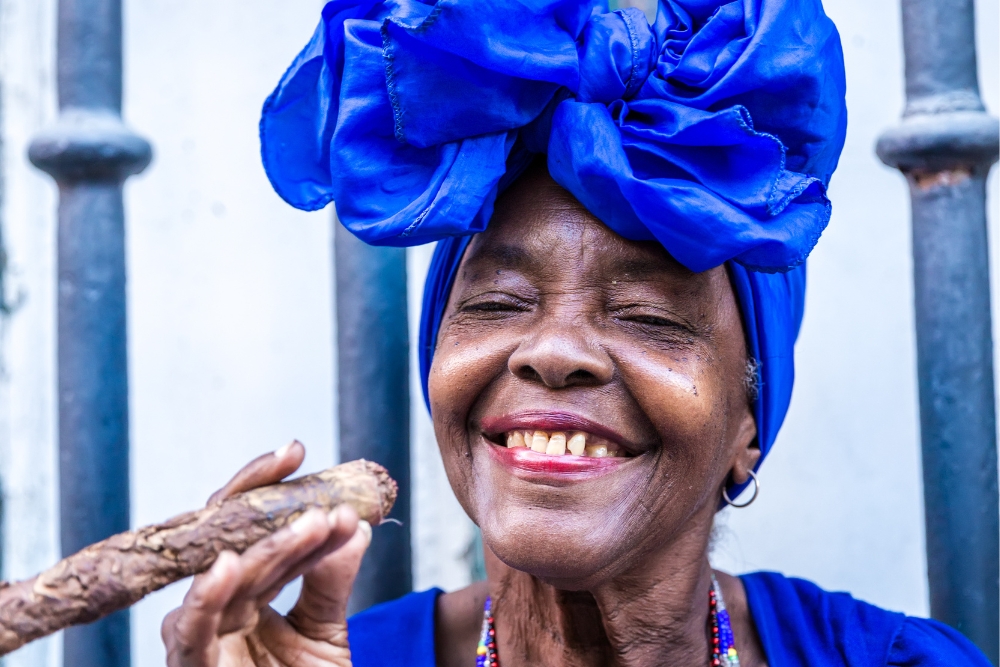
When capturing the essence of a city’s streets through photography, be mindful of the boundaries and privacy of the individuals you encounter. Street portraits can be a captivating way to document the diversity and vibrancy of a place, but it is crucial to approach this type of photography with respect and consideration.
While it may be tempting to snap candid shots of strangers without their consent, it is essential to remember that people have a right to their privacy. Intrusive street portraits can make individuals feel uncomfortable, violated, or exploited. To avoid crossing these boundaries, asking for permission before photographing someone is advisable. This simple act shows respect and gives individuals agency over their image.
Additionally, be aware of cultural sensitivities and local customs when taking street portraits. Some cultures may consider it disrespectful or inappropriate to photograph strangers without their permission. It is always a good idea to familiarize yourself with the local customs and norms before embarking on your photographic journey.
Don’t Disrupt Ceremonies or Traditions
To ensure a respectful and authentic travel experience, you must refrain from disrupting ceremonies or traditions you may encounter while exploring different cultures. Respect for cultural practices and beliefs is essential when engaging with local communities. When attending ceremonies or witnessing traditions, being mindful of your presence and actions is crucial. Avoid interrupting or intruding upon sacred rituals or events. Keep a respectful distance and observe quietly.
Remember that these ceremonies and traditions hold deep cultural significance and may be important to the community. By disrupting them, you show a lack of respect and risk tarnishing the experience for others. Be aware of the customs and expectations surrounding these events. If you are unsure about appropriate behavior, it is always best to seek guidance from a local or do some research beforehand.
Additionally, asking for permission before taking photographs is crucial, especially during ceremonies or rituals. Some cultures may consider it disrespectful to capture images of sacred moments. Always respect the wishes of the community members and adhere to any restrictions they may have regarding photography. Remember, the goal is to learn and appreciate different cultures without causing any harm or offense. Being mindful and considerate can give you a more enriching and authentic travel experience.
Stay Away From Controversial or Off-Limits Areas
While respecting cultural practices and traditions, you must avoid controversial or off-limits areas during your travels. As a traveler, it is crucial to be aware of the local customs and regulations and to respect the boundaries set by the community you visit.
Controversial areas can refer to politically sensitive places, areas with ongoing conflicts, or sites with deep historical significance. Venturing into these areas without proper knowledge or permission can result in legal consequences and disrupt the harmony of the community you are visiting. Researching and understanding the local context is essential before planning your itinerary.
Similarly, off-limits areas may include sacred sites, private properties, or restricted areas due to safety concerns. These places usually have signs or barriers indicating that entry is prohibited. It is crucial to respect these boundaries and prioritize the well-being and privacy of the local residents.
Think Twice Before Documenting Vulnerable Communities
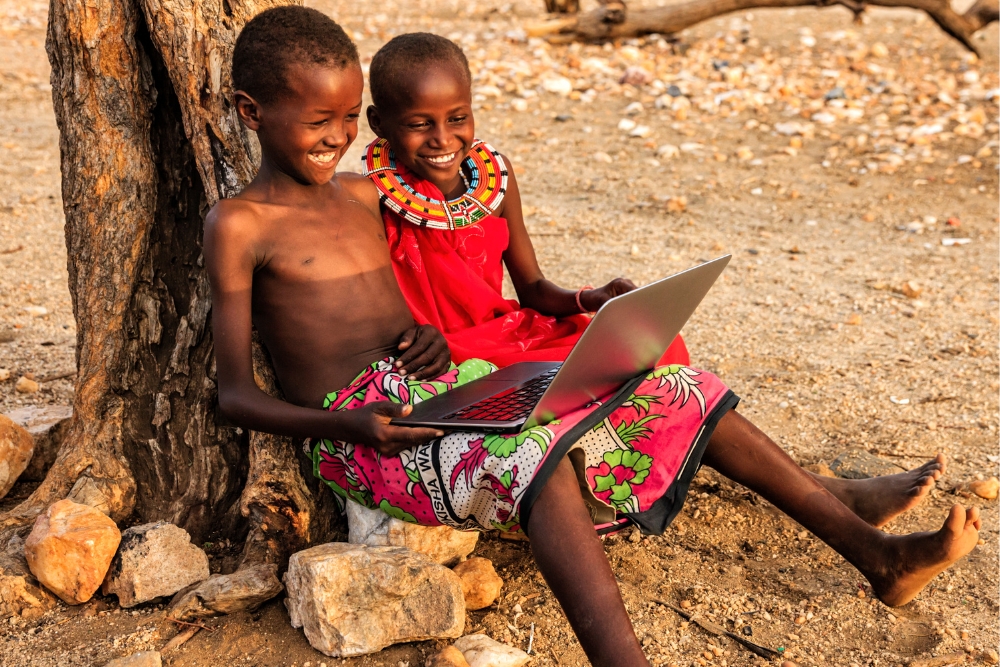
You have to approach the documentation of vulnerable communities with caution and sensitivity. When traveling, you may come across communities facing various challenges, such as poverty, discrimination, or displacement. While capturing their daily lives and struggles through photography can be tempting, it is crucial to think twice before doing so.
Documenting vulnerable communities requires a deep understanding of their circumstances and the potential impact your photographs might have. It is essential to consider the ethics and consequences of your actions. While your intention may be to raise awareness or tell their stories, question whether your photographs might perpetuate stereotypes or exploit their vulnerability.
Before taking any photographs, establish a connection with the community members. Show respect by listening to their stories and gaining their trust. Seek permission before photographing individuals, especially children. Remember that their consent should be informed and voluntary.
You must consider the context in which you will share these photographs. Be mindful of the platforms you use and the potential audience they may reach. Ask yourself whether sharing these images will serve a purpose and contribute positively to the community or if it might further exploit their vulnerability.
Conclusion About Photography Etiquette
In conclusion, respect individuals’ local culture, customs, and privacy when traveling and photographing. This is the essence of photography etiquette. One interesting statistic to consider is that 73% of travelers believe it is essential to be mindful of the impact of their photography on local communities. This statistic highlights the growing awareness among travelers about the importance of responsible photography and the need to avoid capturing sensitive subjects or intruding on personal spaces. By following proper photography etiquette, we can ensure a more respectful and meaningful travel experience.
Photos: Canva Pro

